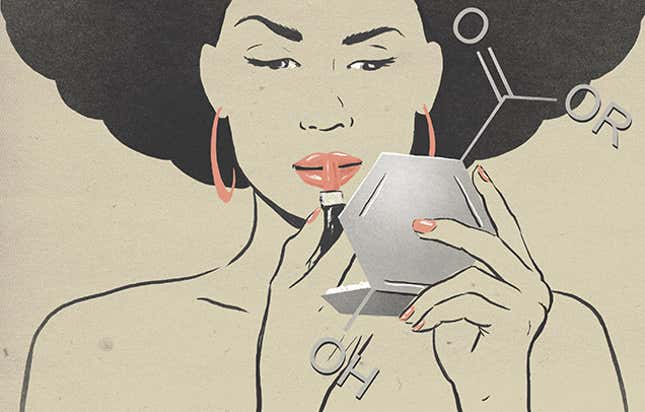What's Up With Parabens?
In Depth

“What’s Up With…?” is a new regular feature exploring fearsome ingredients in beauty products. If there’s one you’re curious about/scared of, leave us a comment and we’ll try to suss it out.
After weaning my son this summer, I discovered that I was going through a second adolescence. Apparently, so was another mom at my kid’s school, who came up to me, pointed out a huge zit, and said, “Oh, honey, try tea tree oil.”
The tea tree oil worked. But now I need a heavy-duty moisturizer because on top of the zits I have wrinkles and dry skin. (Middle age is so chill.) That brings us to today’s topic. During my search for this miracle product, I kept encountering labels that declared makeups and face creams to be “Paraben Free.”
“Oh good,” I said to the lady at beauty store who was patiently answering my questions, “but what is a paraben?”
-

-

-

-

-

-

-

-

-

-

-

-

-

-

-

-

-

-

-

-

-

-

-

-

-

-

-

-

-

-

-

-

-

-

-

-

-

-

-

-








































